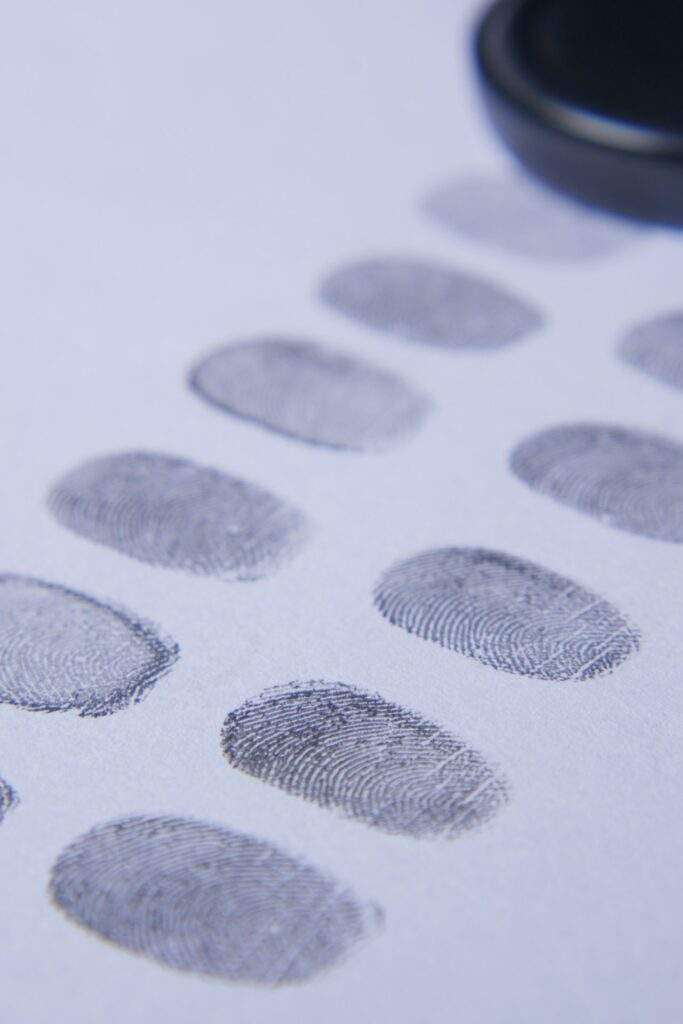
Biometric modalities are the physical or behavioral characteristics used for identity verification purposes. With the increasing need for security, the use of biometric modalities has become more popular in recent years. There are various types of biometric modalities that exist today, each with its own unique characteristics and advantages. In this blog, we will discuss the most commonly used biometric modalities.
1. Fingerprint recognition
This is the most well-known and widely used biometric modality. Fingerprint recognition works by analyzing the unique patterns in a person’s fingerprints to verify their identity. You can find example devices at Biometricsupply.com. Due to the popularity of fingerprint recognition multiple types of device have been created; single finger capture, dual finger capture, and 10 finger capture. You can find out more here to see how each of these vary.
2. Iris recognition
Iris recognition is another commonly used biometric modality. It works by analyzing the unique patterns in a person’s iris, the colored part of their eye. Iris recognition is highly accurate and is often used in high-security applications.
3. Facial recognition
Facial recognition technology is becoming increasingly popular, especially in public security applications. This modality works by analyzing the unique features of a person’s face, such as the distance between the eyes or the shape of the jawline. You can find useful stuff at Biometricsupply.com
4. Voice recognition
Voice recognition is a behavioral biometric modality that works by analyzing the unique characteristics of a person’s voice, such as the pitch, tone, and rhythm. It is often used in telephone-based authentication systems.
5. Palm recognition
Palm recognition is a biometric modality that works by analyzing the unique patterns on a person’s palm, including the lines, ridges, and creases. This modality is often to access control and time and attendance systems.
6. Retina recognition
Retina recognition is similar to iris recognition but works by analyzing the unique patterns in a person’s retina, the layer at the back of the eye. It is highly accurate but requires more specialized equipment than other modalities.
7. Signature recognition
Signature recognition is a behavioral biometric modality that works by analyzing the unique way a person signs their name. This modality is often for financial transactions and document authentication.
In conclusion, there are several biometric modalities that exist today, each with its own unique advantages and limitations. Depending on the specific application, one modality may be more suitable than another. By understanding the different biometric modalities and their capabilities, we can make informed decisions about which modality to use for a given application.